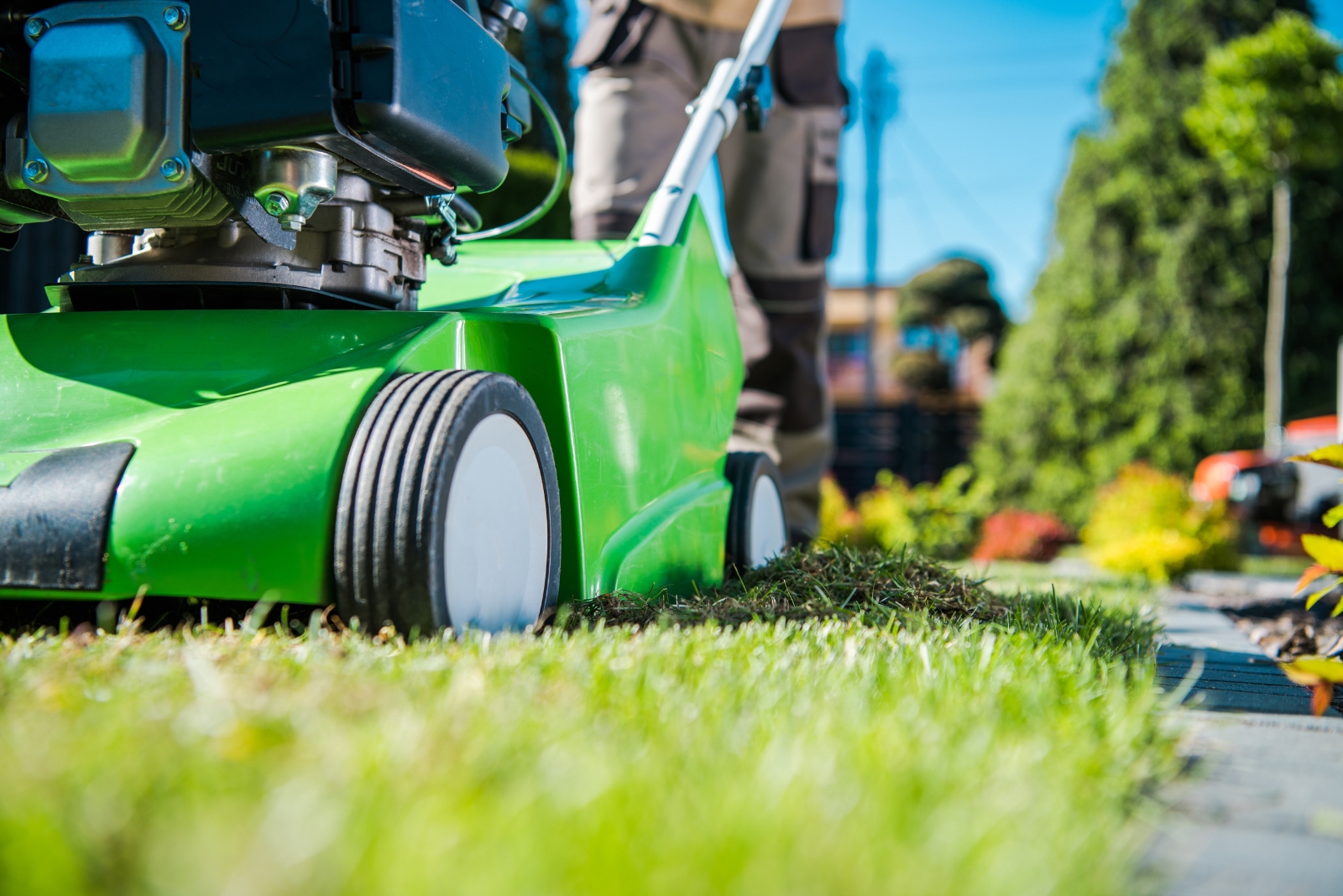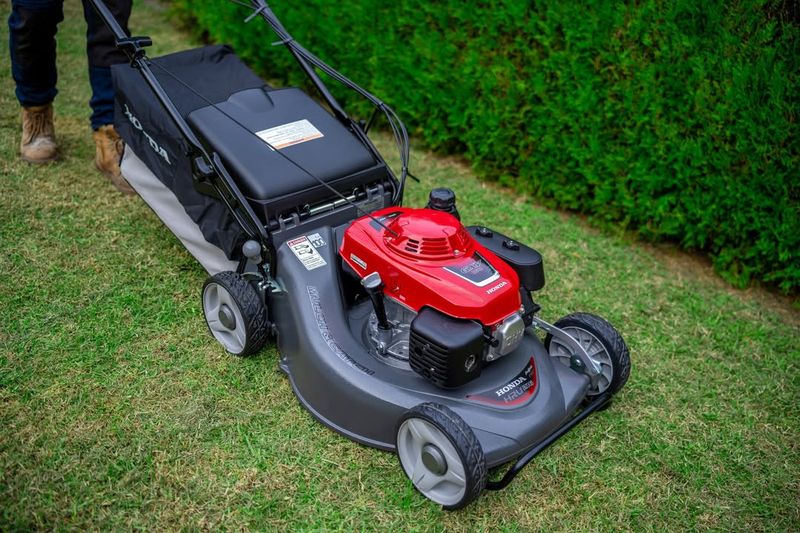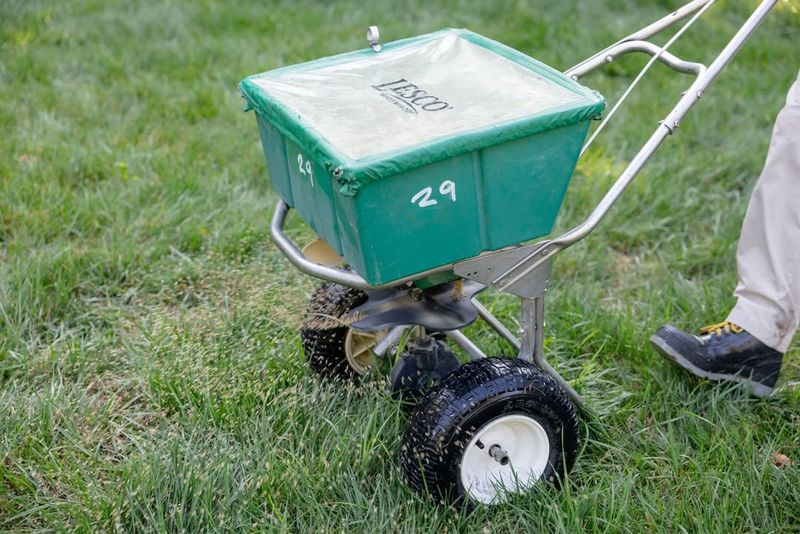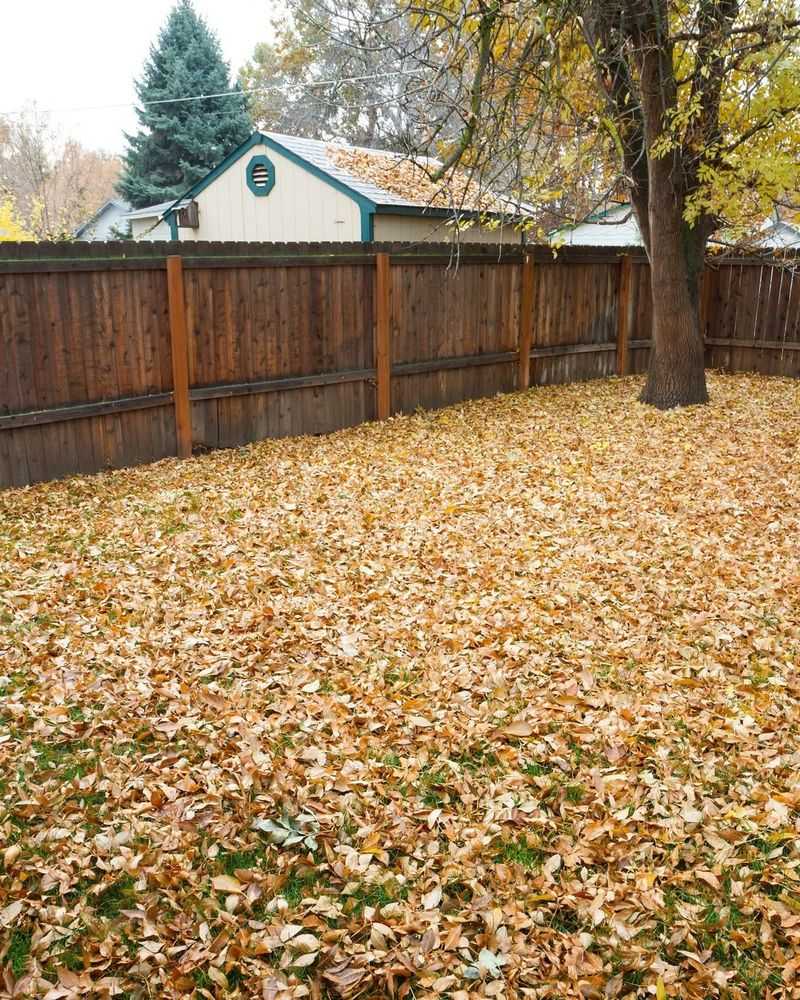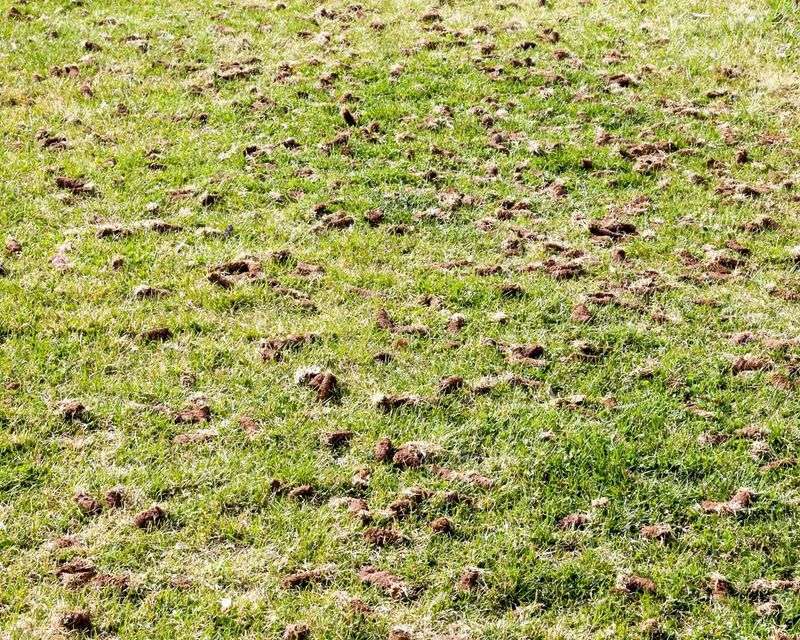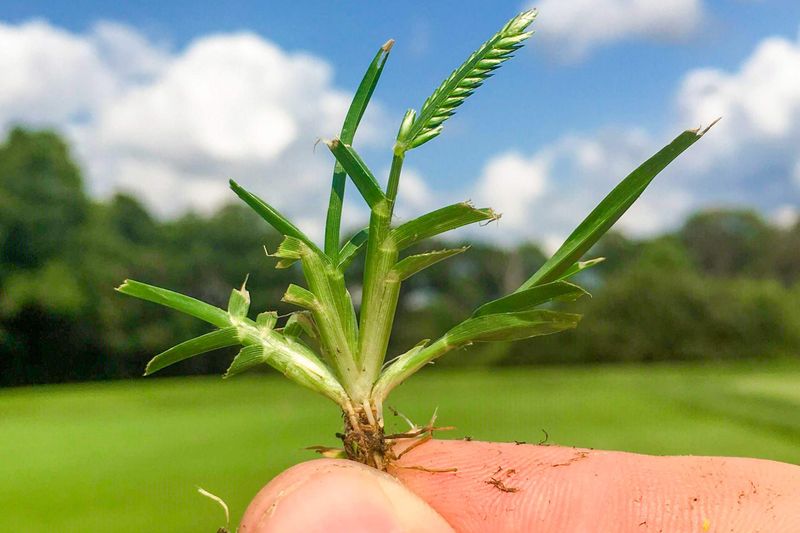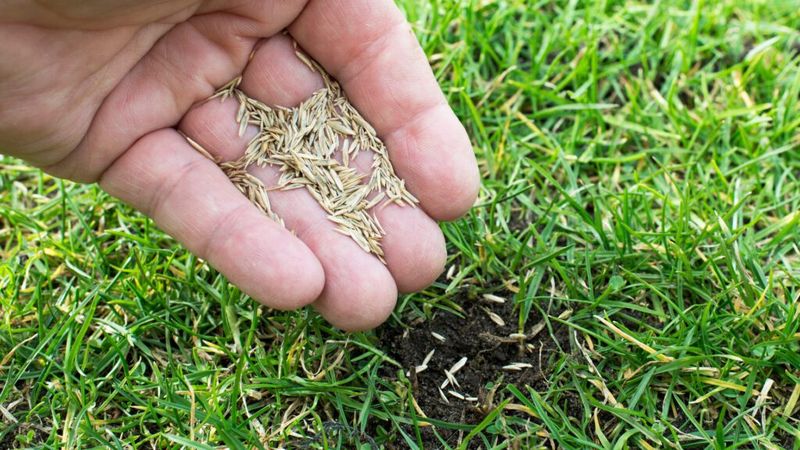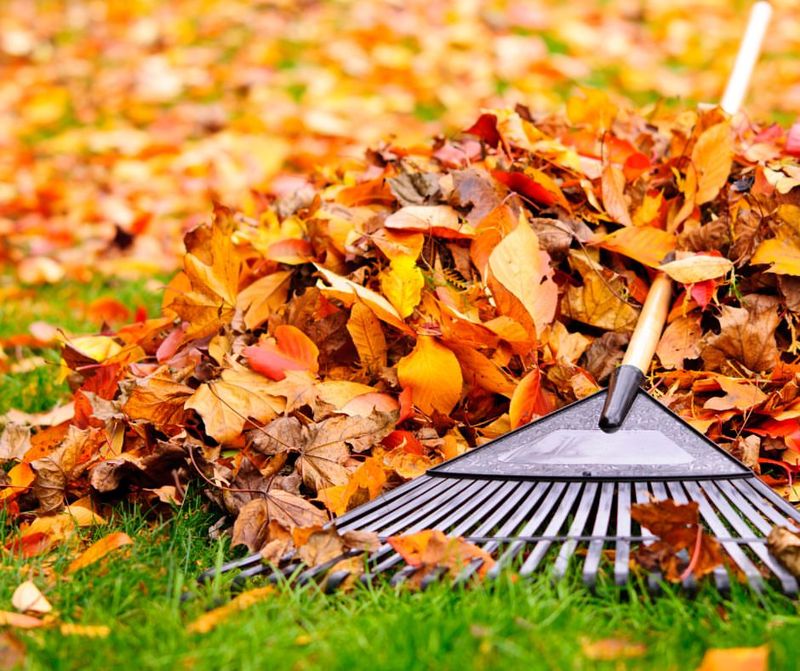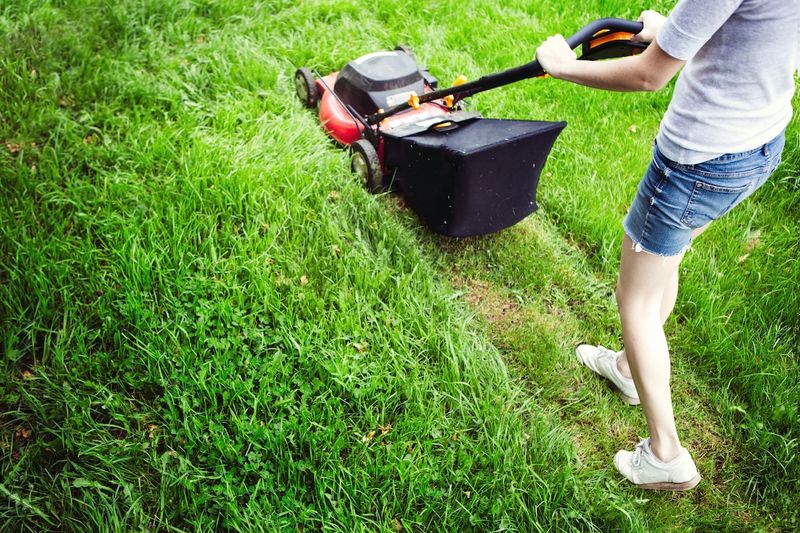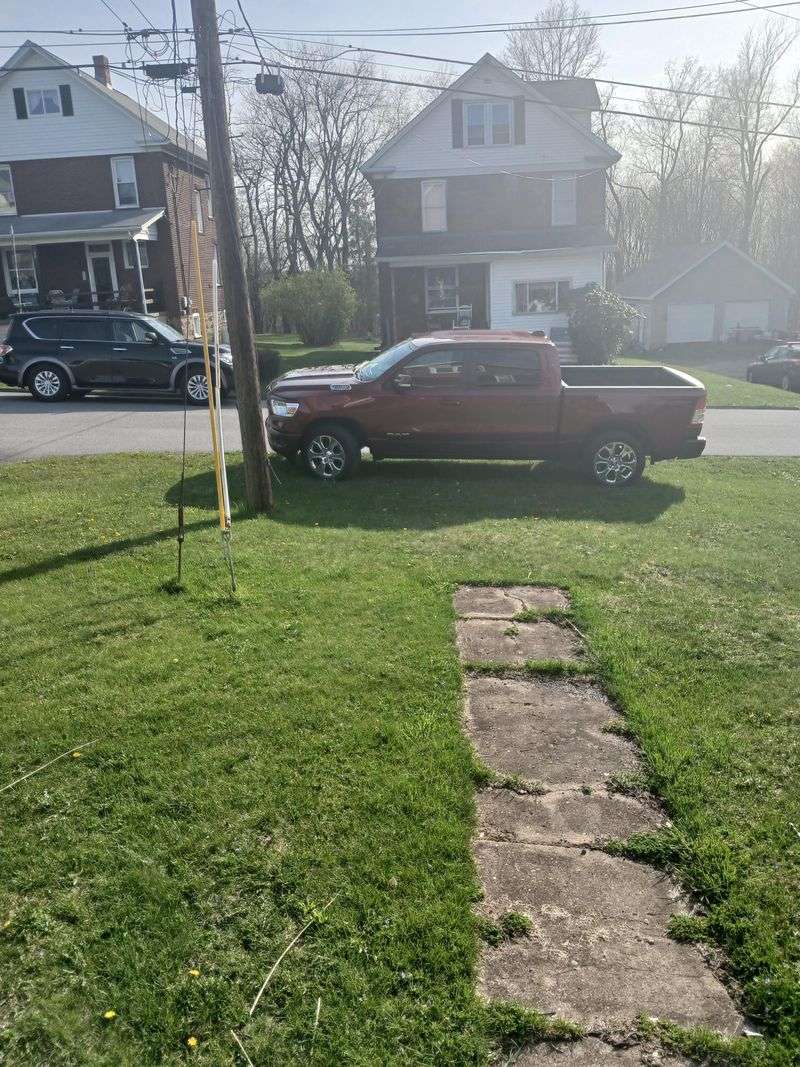Fall is a critical season for Iowa lawns, but many homeowners unknowingly sabotage their yards with common mistakes.
Your grass needs special care as temperatures drop and winter approaches. Simple errors can turn a lush, green lawn into a patchy, struggling mess by spring.
1. Cutting Grass Too Short Before Winter
Many homeowners scalp their lawns in fall, thinking shorter grass means less work. Actually, grass cut too short becomes vulnerable to frost damage and winter diseases.
Keeping your lawn at about 2.5 to 3 inches provides insulation for roots. Taller blades protect the crown of the grass plant from harsh Iowa winters. Aim for gradual height reduction rather than one drastic cut, which stresses your lawn unnecessarily and invites trouble.
2. Ignoring Fall Fertilization Schedules
Skipping fall fertilizer is like sending your lawn into winter without a coat. Grass needs nutrients to strengthen roots before the ground freezes.
September through early November is prime fertilizing time in Iowa. A slow-release nitrogen fertilizer helps grass store energy for spring growth. Without proper feeding, your lawn emerges weak and thin when warm weather returns. One application can make the difference between a struggling yard and a thriving one next year.
3. Leaving Thick Leaf Layers Uncleared
Those beautiful fall leaves look harmless, but thick layers suffocate your grass. Matted leaves block sunlight and trap moisture, creating perfect conditions for mold and disease.
Iowa’s abundant trees drop tons of leaves each autumn. Rake or mulch them regularly rather than waiting for one big cleanup. Mulching leaves with your mower adds nutrients back to soil while preventing grass damage. Just don’t let layers get thicker than half an inch.
4. Overwatering As Temperatures Drop
Grass needs less water when temperatures cool down, but many people keep their summer watering schedule. Excessive moisture in fall encourages fungal diseases and root rot.
Iowa’s fall rains usually provide enough water for your lawn. Check soil moisture before watering—stick your finger two inches deep. If it feels damp, skip the sprinklers. Overwatered grass also struggles to harden off properly before winter arrives, leaving it vulnerable to freezing damage.
5. Neglecting Aeration Before Winter
Compacted soil prevents roots from accessing oxygen, water, and nutrients they desperately need. Summer foot traffic and equipment use compress Iowa’s clay-heavy soils even more.
Fall aeration creates channels for resources to reach root zones. Small plugs of soil get removed, allowing grass to breathe and expand. Early September through October offers ideal conditions for this task. Skipping aeration means your lawn enters winter already stressed and struggling, which shows up as bare spots come spring.
6. Skipping Weed Control Treatments
Fall is actually when you should attack perennial weeds like dandelions and clover. Weeds absorb herbicides more effectively as they store energy in roots for winter.
Treating weeds in September or October kills them at the source. Spring weed control only addresses what you see above ground. Iowa lawns benefit tremendously from fall broadleaf weed treatments because weeds are weakened and vulnerable. Waiting until spring means starting the battle all over again with stronger opponents.
7. Forgetting To Overseed Thin Areas
Bare spots and thin patches won’t magically improve over winter—they’ll actually get worse. Fall provides perfect conditions for new grass seed to establish before snow arrives.
Cooler temperatures and autumn moisture help seeds germinate quickly. Iowa’s fall weather typically offers consistent conditions without summer’s scorching heat. Spread seed over problem areas in early September, giving new grass six weeks to develop roots. Waiting until spring means competing with weeds and dealing with unpredictable weather.
8. Using Summer Lawn Care Products
Not all fertilizers and treatments work the same way year-round. Summer products focus on quick green growth, while fall requires root development and winter hardiness.
Check product labels carefully before applying anything to your Iowa lawn. Fall formulations contain different nutrient ratios, emphasizing potassium and phosphorus over nitrogen. Using the wrong product wastes money and potentially harms your grass. Specialized fall products prepare lawns for dormancy rather than pushing unnecessary top growth that winter will kill anyway.
9. Allowing Lawn Equipment To Damage Grass
Dull mower blades tear grass instead of cutting cleanly, creating ragged edges that turn brown and invite disease. Fall is tough enough on lawns without adding mechanical damage.
Sharpen blades before your final autumn mowing sessions. Clean cuts heal faster and look better. Heavy equipment also creates ruts and compaction when soil is wet from fall rains. Avoid mowing or driving on soggy Iowa lawns, which damages grass crowns and soil structure that won’t recover until spring.
10. Parking Vehicles On Grass During Fall
That convenient spot on your lawn for extra vehicles seems harmless, but heavy weight compresses soil and crushes grass crowns. Damage intensifies when ground is soft from rain or early frost.
Compacted areas develop bare patches and drainage problems that persist for years. Iowa’s freeze-thaw cycles make the damage worse over winter. Grass under vehicles can’t photosynthesize or breathe properly. Create designated parking areas off your lawn, or use boards to distribute weight if you absolutely must park temporarily on grass.

